HISTORY: Citizens’ councils in South Carolina
S.C. Encyclopedia | Founded in 1954 in Indianola, Mississippi, Citizens’ Councils quickly spread across the South. The organizations promoted membership as a “respectable” way for disgruntled segregationists to protest civil rights activism. The councils distributed pro-segregation propaganda and attempted to protect the legality of racial segregation throughout the South. They publicly renounced violence but encouraged organized economic pressure against African Americans and whites who were sympathetic to the black freedom struggle.


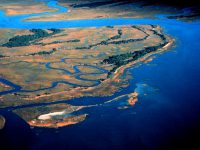
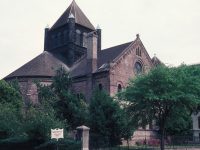



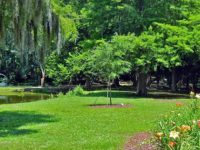

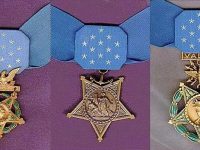
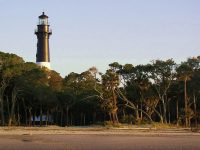

 We Can Do Better, South Carolina!
We Can Do Better, South Carolina!

























Recent Comments